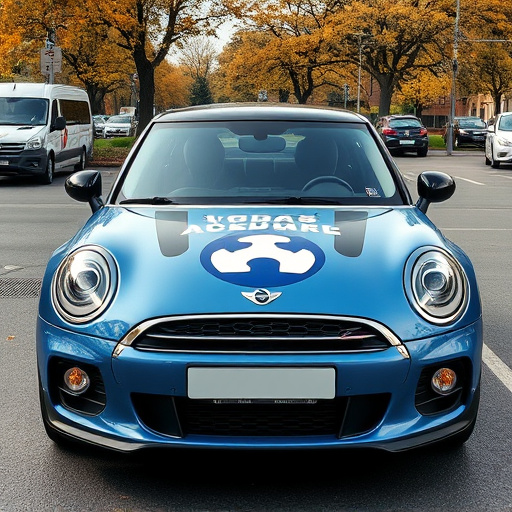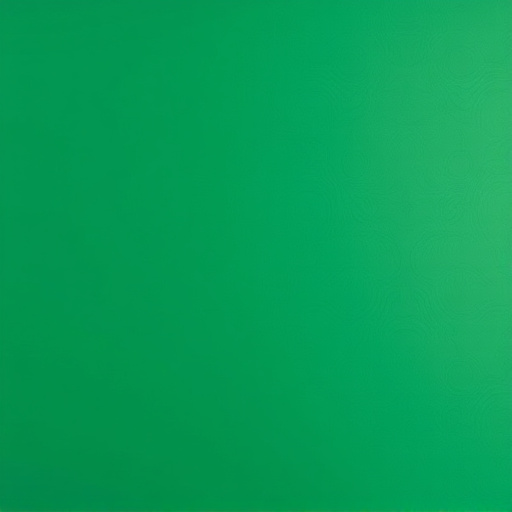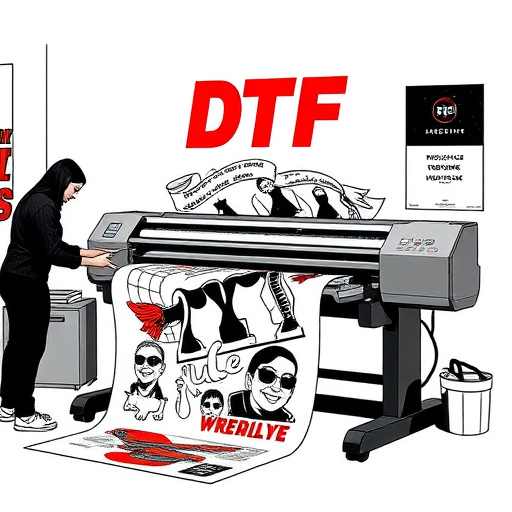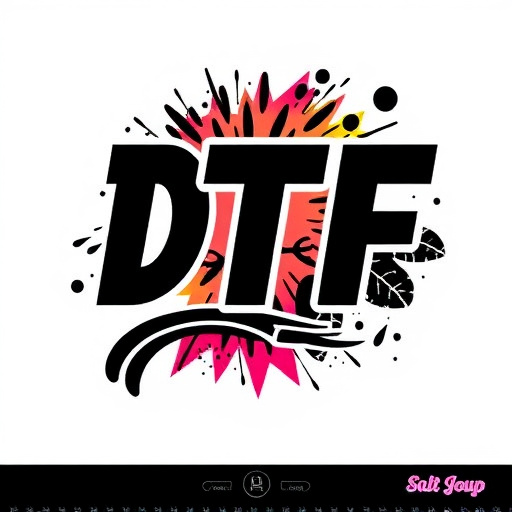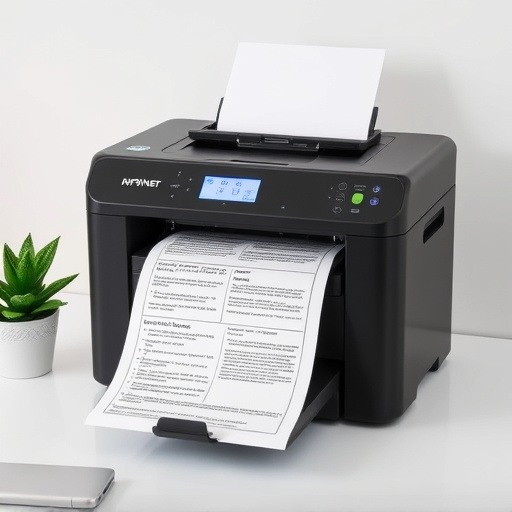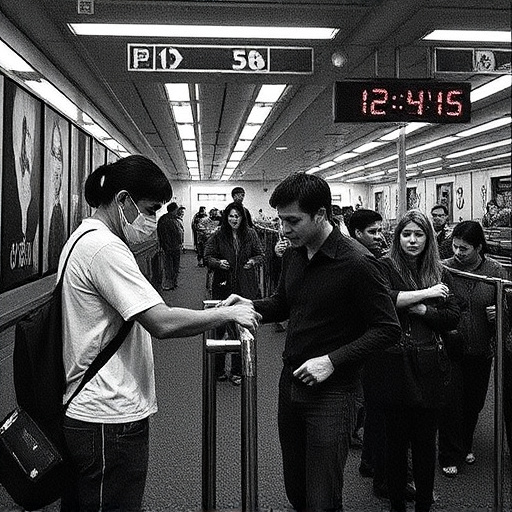DTF Transfer Gang Sheets are crucial for accurate color reproduction in printing on fabric, wood, or metal. Optimizing results requires understanding and addressing challenges like misalignments and ink bleeding through best practices: using high-quality materials, precise temperature and pressure control, meticulous quality control, regular calibration, and uniform color profiles. Consistent quality preparation ensures reliable garment printing outcomes, fostering customer satisfaction for clothing brands.
In the realm of precision printing, DTF (Direct-to-Film) transfer gang sheets play a pivotal role in achieving high-quality results. However, navigating their unique challenges is essential for print professionals. This article delves into the intricacies of DTF Transfer Gang Sheets, exploring their crucial role and common obstacles. We present essential quality control checks to ensure accurate transfers and offer best practices for consistent preparation, empowering you to optimize your printing processes and deliver impeccable outputs.
- Understanding DTF Transfer Gang Sheets: Their Role and Common Challenges
- Essential Quality Control Checks for Accurate DTF Transfers
- Best Practices to Ensure Consistent Quality in Gang Sheet Preparation
Understanding DTF Transfer Gang Sheets: Their Role and Common Challenges
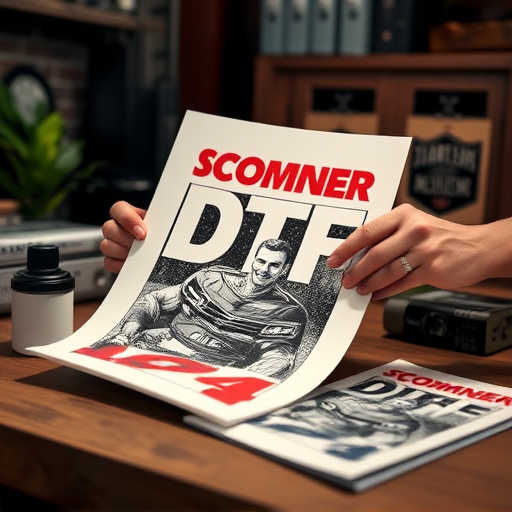
DTF Transfer Gang Sheets are a critical component in various printing and decorating processes, especially for transferring designs onto materials like fabric, wood, or metal. These sheets serve as a bridge between the design file and the final product, ensuring accurate and consistent color reproduction. Each DTF Transfer Gang Sheet contains multiple print areas, allowing for batch production and streamlining the transfer process.
Despite their utility, DTF Transfer Gang Sheets face several challenges. Common issues include misalignments leading to off-color prints, ink bleeding or smudging during the transfer, and improper heat application causing incomplete or uneven transfers. Understanding these challenges is crucial to optimizing printing outcomes. Proper preparation, including using high-quality DTF transfer film and DTF heat transfer paper, along with precise temperature and pressure control, can significantly mitigate these problems.
Essential Quality Control Checks for Accurate DTF Transfers

Ensuring accurate DTF (Direct to Film) transfers on gang sheets requires meticulous quality control checks. Begin by inspecting the film for any visible defects like scratches, bubbles, or stains that could affect the transfer quality. It’s crucial to verify the correct alignment of the design and text on the film frame-by-frame against your reference print.
Next, perform a test run on the DTF printer using a sample sheet to ensure optimal settings for temperature, pressure, and exposure time. Observe the transfer process closely; look out for signs of misalignment, incomplete transfers, or excessive adhesive residue. Additionally, check the final printed gang sheet for uniform color accuracy, sharp text, and crisp detail across all designs, especially when handling multi-color prints. Regularly maintaining and calibrating your DTF printer, as well as using high-quality films and inks, are essential practices to guarantee consistent and accurate DTF transfers on gang sheets.
Best Practices to Ensure Consistent Quality in Gang Sheet Preparation
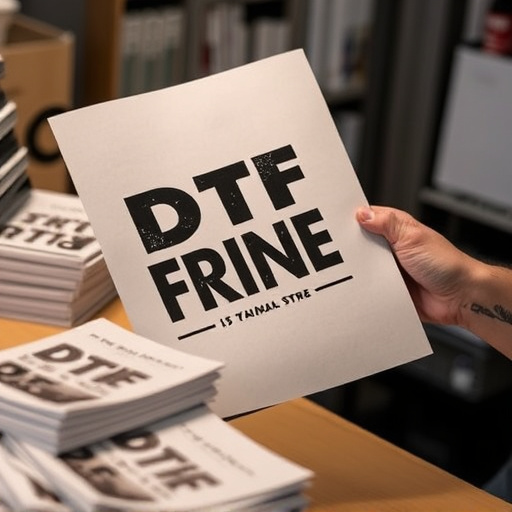
Maintaining consistent quality in DTF Transfer Gang Sheet preparation is paramount for achieving reliable results in the garment printing industry. To ensure optimal outcomes, implement these best practices: Firstly, adhere to precise measurement guidelines when setting up your design files. Using the correct resolution and dimensions specified by your DTF printer manufacturer guarantees crisp, high-quality transfers. Secondly, utilize a consistent color profile throughout the design process. This uniformity ensures that colors translate accurately from digital files to the physical gang sheets.
Additionally, regular calibration of your dtf printer is crucial. Calibration ensures that the printing mechanism functions optimally, yielding precise and even ink distribution across each gang sheet. Furthermore, invest in high-quality materials, including premium transfer papers and inks designed specifically for DTF printing. These products are formulated to deliver superior adhesion and color vibrancy on a variety of fabric types. Remember that consistent quality control measures at every step of preparation directly impact the final printed garments, fostering satisfaction among clothing brands and their customers.
DTF Transfer Gang Sheets are an indispensable tool for ensuring precise and consistent printing. By implementing the quality control tips outlined in this article, such as regular calibration checks, meticulous inspection of design alignment and registration, and standardized preparation methods, you can significantly enhance the accuracy and reliability of your DTF transfers. Adhering to these best practices will not only save time and reduce waste but also foster a higher quality finish for your final products.




